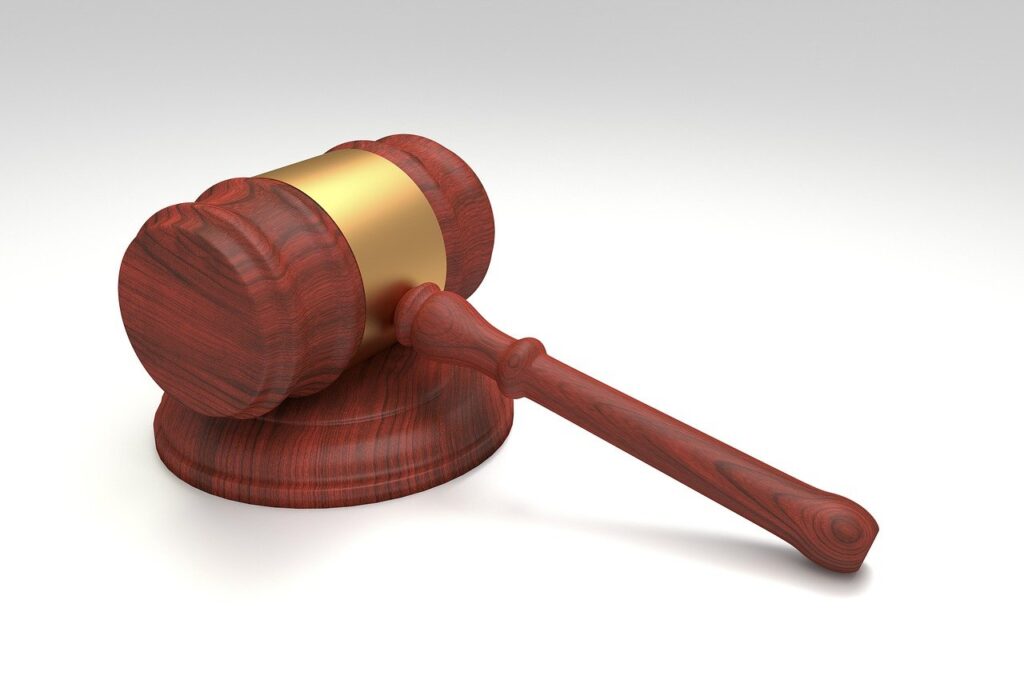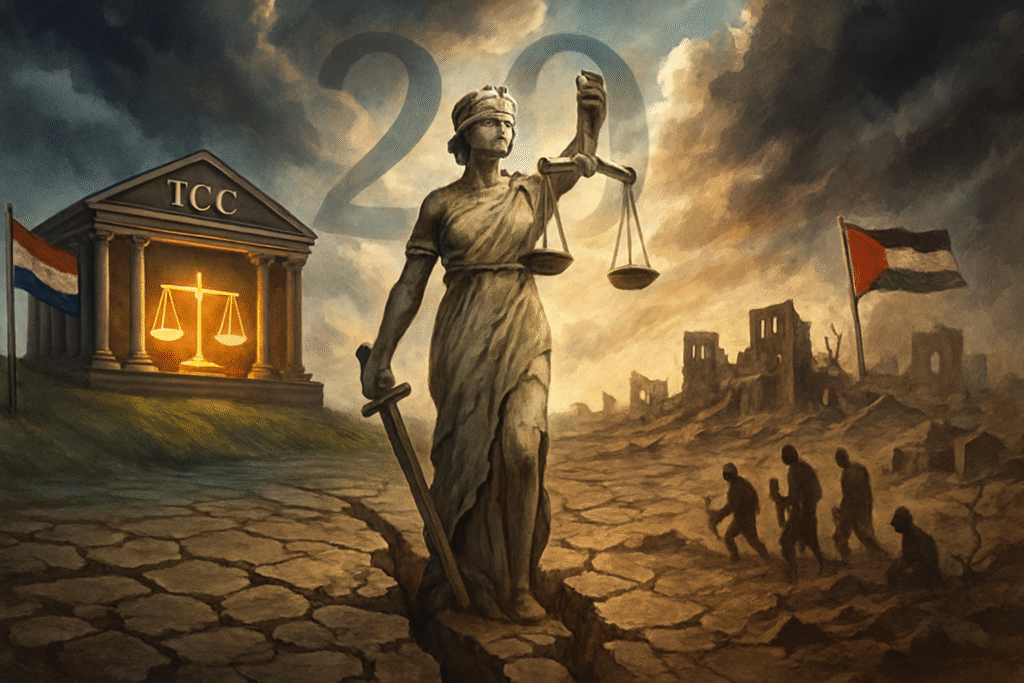Published On: 22nd November, 2024
Authored By: Sneha.P.V
The Tamilnadu Dr. Ambedkar Law University
Abstract:
This article explores the patentability of genetic material, examining the legal and ethical dimensions of the issue. It outlines the significant legal precedents and frameworks that define what constitutes patentable genetic material. The analysis delves into the ethical implications, including access to healthcare and the potential for biopiracy, while considering the balance between innovation and public welfare. Additionally, it provides an international perspective, contrasting different approaches to gene patenting across jurisdictions. By evaluating key legal challenges and recent reforms, the article emphasizes the need for a nuanced understanding of genetic material’s patentability, advocating for policies that promote both scientific advancement and equitable access to genetic resources.
Introduction:
The patentability of genes has been controversial in the recent past[1]. The patentability of genetic material has emerged as a pivotal issue at the intersection of biotechnology, intellectual property law, and ethics. The ability to identify, isolate, and manipulate genetic sequences has led to significant advancements in medicine, agriculture, and biotechnology. However, the granting of exclusive rights over genetic material has raised fundamental questions about ownership, access, and control. Historically, the legal landscape surrounding gene patenting has evolved significantly since the late 20th century, particularly with the advent of the Human Genome Project and the increasing commercialization of biotechnological innovations. Landmark legal cases, such as Diamond v. Chakrabarty[2] and Association for Molecular Pathology v. Myriad Genetics[3], have shaped our understanding of what constitutes patentable genetic material, raising questions about the distinction between natural phenomena and human inventions. The international landscape presents a complex tapestry of varying approaches to gene patenting, with some jurisdictions embracing broad protections while others impose stringent restrictions.
Gene Patent:
A genetic substance that can be artificially reproduced, such as through the isolation and cloning of a gene, is classified as an artifact—a man-made invention. This substance can be patented if it qualifies as an invention that is novel, has a specific disclosed function, is non-obvious compared to existing knowledge, and has industrial applicability. A gene patent grants the owner exclusive rights to that gene. Typically, the individual who discovers or identifies the gene receives this right from the government or an organization, which includes sole ownership and proprietary use for a period of 20 years.
Ethical and Legal Debates:
Gene patenting raises complex ethical concerns that challenge the intersection of science, law, and morality. On one hand, patent protection incentivizes investment in genetic research, leading to medical advancements and economic benefits. However, critics argue that gene patenting implies ownership of life, restricts access to genetic information, and monopolizes control over genetic resources. The negative implications of gene patenting are far-reaching. Biopiracy exploits indigenous communities’ genetic resources without consent, while patented genes may perpetuate stigma and discrimination against individuals with genetic conditions. Genetic privacy is also compromised, as patented genes raise concerns about personal data protection.
From a moral perspective, gene patenting commodifies life, reducing it to intellectual property. This raises questions about human hubris and the ethics of manipulating genes. Furthermore, patenting genes undermines human dignity by treating them as commodities. To address these concerns, balanced patent policies, open-source genetic databases, international cooperation, public engagement, and ethics frameworks for gene patenting are essential. The consequences of inaction include reduced collaboration, increased costs, and unregulated exploitation.
Gene patenting has sparked intense legal debates, questioning the ownership, control, and patentability of genetic material. At the heart of the controversy lies the issue of whether genes should be considered patentable subject matter. Critics argue that genes are naturally occurring substances, discoverable rather than inventable, and therefore ineligible for patent protection. Other contentious issues include the scope of gene patents, patent duration, and informed consent. Some argue that gene patents should not cover diagnostic and therapeutic methods, while others contend that the 20-year patent term is inadequate for genetic research. Furthermore, debates surrounding biopiracy and exploitation of indigenous genetic resources highlight the need for international cooperation and harmonization.
Gene patenting in India:
Section 3(C) of the Patent Act, 1970, disallows the “discovery of any living thing or non-living substance occurring in nature” as a patentable subject matter[4]. Section 3 (j) of the Indian Patent Act, 1970 includes objection to plants and animals, in whole or any part thereof, other than micro-organisms but including seeds, varieties, and species and essentially biological processes for production or propagation of plants and animals to be patentable[5].
In India, patenting has changed significantly in recent years. Therefore, the India Patent Office released the Indian Biotechnology Guidelines, 2013, and the Manual of Patent Office Practice and Procedure, 2005 to address the global advancements in biotechnology and its concurrent expansion in the Indian economy. The 2005 Manual of Patent Office Practice and Procedure focuses on plasmids, recombinant DNA, and manufacturing techniques that can be patented as long as they are created by significant human interaction.
Analysis of Judicial Decisions:
O’Reilly v Morse[6], in this case, it was observed that a natural phenomenon or a scientific principle, such as human DNA, which is ordinarily found in nature, should be free for all to use. Hence, in this case, electromagnetism, being a scientific principle, cannot be patented.
Diamond v Chakrabarty[7], in this case, it was observed that a living micro-organism can be patented but the condition is that it is made by man. A naturally occurring bacterium was genetically engineered to break down oil for oil spill remediation. This ruling clarified the eligibility of patenting microorganisms, with the court stating that anything created by humans can be patented. However, it also emphasized that abstract ideas, natural phenomena, and laws of nature are not patentable.
Association for Molecular Pathology v Myriad Genetics, Inc.,[8] the Supreme Court of the United States held that DNA is a “product of nature” and therefore, human genes cannot be patented. The court also mentioned that there was no intellectual property to protect as nothing new was discovered and the gene already existed naturally. Before this ruling, 4,300 human genes were patented, but the judgment invalidated these patents. As a result, the removal of patent rights allowed for the use of these genes in research and further development. The Court in this ruling specifically mentioned the eligibility for patenting a type of DNA known as complementary DNA (cDNA). cDNA is synthetically manipulated in the lab and is not merely a derivative of natural existence hence, it can be patented.
In Mayo Collaborative Services v. Prometheus Laboratories[9], Prometheus Laboratories held patents for methods of adjusting thiopurine dosages based on metabolite levels in patients. Mayo Collaborative Services (Mayo) developed its own test for thiopurine metabolites and sought to use it. Prometheus sued Mayo for infringement. The U.S. Supreme Court held that patents claiming methods of optimizing dosages of thiopurine drugs for treating autoimmune diseases are invalid because they impermissibly tie up laws of nature. Justice Breyer’s Opinion: “The patent claims at issue here effectively claim the underlying laws of nature themselves… They do not simply apply them; they claim the underlying natural principle.”
The decision has significant implications for biotechnology, medical diagnostics, and pharmaceutical patents. It emphasizes the importance of ensuring patent claims are tailored to specific, innovative applications rather than attempting to monopolize natural laws or phenomena.
International View:
The implementation of the Trade-Related Aspects of Intellectual Property Rights18 (TRIPS) agreement by the World Trade Organization (WTO) was crucial to the global standardization of patent regimes. Plants, animals, and other substantially biological processes are prohibited from patentability under Article 27(3) of the TRIPS Agreement[10]. Notably, TRIPS does not envisage this prohibition applying to the patenting of genetic material, including DNA sequences, and is mute on the matter[11]. The TRIPS Agreement also acknowledges public interest and morality exceptions, empowering member states to exclude gene patenting on ethical and social grounds.
Gene patenting remains a contentious issue internationally, with diverse perspectives shaped by ethical, legal, and economic considerations. In the United States, the Supreme Court established that naturally occurring genes cannot be patented, emphasizing the distinction between natural phenomena and human-made inventions. Conversely, the European Union permits gene patents under specific conditions, provided they demonstrate a technical contribution and are not merely discoveries of nature. Countries like India have adopted a more restrictive approach, aligning with public health interests by denying patents on certain biotech innovations. This global landscape reveals a tension between fostering innovation and ensuring equitable access to genetic resources, prompting ongoing debates about the implications of patenting on research, healthcare, and ethical standards. As biotechnology advances, the need for a balanced, internationally coherent framework for gene patenting becomes increasingly critical.
Conclusion:
Gene patenting requires a delicate balance between innovation, ethics, and public interest. Effective policies must balance innovation with ethics, ensuring equitable access to genetic resources and promoting responsible scientific progress. By acknowledging the complexities and addressing the challenges, we can foster responsible scientific progress, promote human well-being, and protect the integrity of the human genome. It is crucial for governments, research institutions, industries, and civil society organizations to prioritize public interest, human dignity, and equitable access. Ultimately, navigating the ethical implications of gene patenting requires careful consideration of the benefits and risks, as well as ongoing dialogue among stakeholders. By prioritizing human dignity, privacy, and well-being, we can ensure that genetic research serves the greater good. The future of gene patenting depends on nuanced patent frameworks, robust ethics guidelines, and global cooperation. By navigating these complexities, we can unlock the full potential of genetic research, improving lives while respecting the boundaries of life itself.
References:
- Ishaan Bahukhandi, D.N.A. Patenting Laws in India, 2 INDIAN J.L. & LEGAL RSCH. 1 (August-September 2021).
- Rachit Ranjan & Saptarishi Ghosh, Myraid Genetic Judgement: Gene Patenting and Patentability Criteria, 4 SUPREMO AMICUS 363 (2018).
- Devina Rathod, Human Gene Patenting in India: An Analysis, 2 JUS CORPUS L.J. 851 (March-May 2022).
- Bhavishyavani Ravi, Gene Patents in India: Gauging Policy by an Analysis of the Grants made by the Indian Patent Office, Journal of Intellectual Property Rights Vol 18, July 2013.
- Seamus Lovelace, Revisiting the Human Gene Patenting Debate in the Wake of Myriad Genetics, 42 AIPLA Q. J. 321 (2014).
- N Engl J Med, Gene Patenting – The Supreme Court Finally Speaks, PMC 2014.
- UNCTAD’s Intellectual Property Unit, Association for Molecular Pathology et al. v. Myriad Genetics, Inc. et al., 569 U.S. 12-398 (13 June 2013).
- Brian McNeill, Professors Analyze Supreme Court Decision in Gene-Patenting Case, UVALawyer,https://www.law.virginia.edu/static/uvalawyer/html/alumni/uvalawyer/f13/gene.htm, accessed on 9th October 2024.
- Neeta, Legal, social and ethical implications of gene patenting (10 November 2021), Ipleaders,https://blog.ipleaders.in/legal-social-and-ethical-implications-of-gene-patenting-2/, accessed on 7th October 2024.
- Gene Patenting in India, The LawTree, https://thelawtree.akmllp.com/insights/gene-patenting-in-india/ , accessed on 6th October 2024.
[1] Bhavishyavani Ravi, Gene Patents in India: Gauging Policy by an Analysis of the Grants made by the Indian Patent Office, Journal of Intellectual Property Rights Vol 18, July 2013.
[2] 447 U.S. 303 (1980).
[3] 569 U.S. 576 (2013).
[4] Patents Act, 1970.
[5] Ibid.
[6] O’Reilly v Morse 56 U.S. 62, 133 (1853).
[7] Diamond v Chakrabarty 447 U.S. 303 (1980).
[8] Association for Molecular Pathology v Myriad Genetics, Inc., 569 U.S. 576 (2013).
[9] 566 U.S. 66 (2012).
[10] Art. 27(3), Agreement on Trade-Related Aspects of Intellectual Property Rights, Apr. 15, 1994.
[11] Gene Patenting in India, The LawTree, https://thelawtree.akmllp.com/insights/gene-patenting-in-india/, accessed on 6th October 2024.



